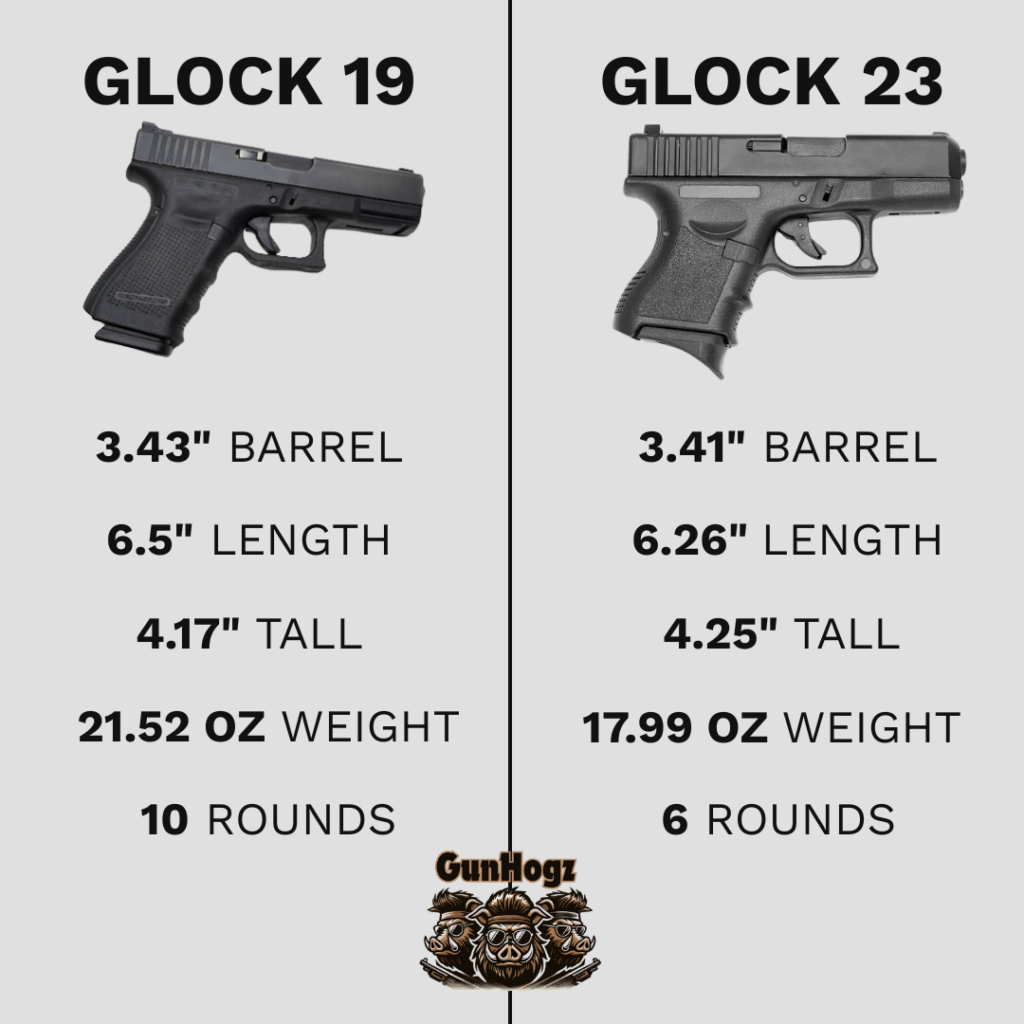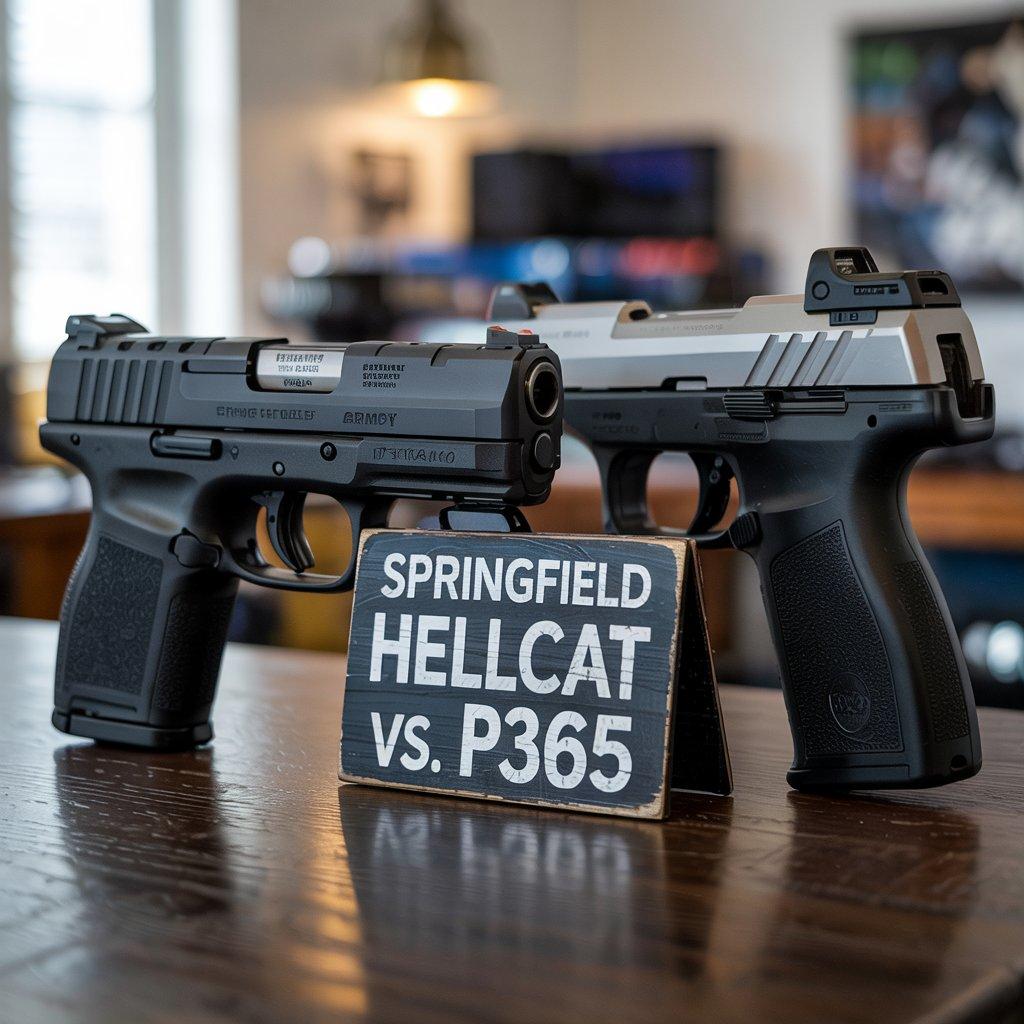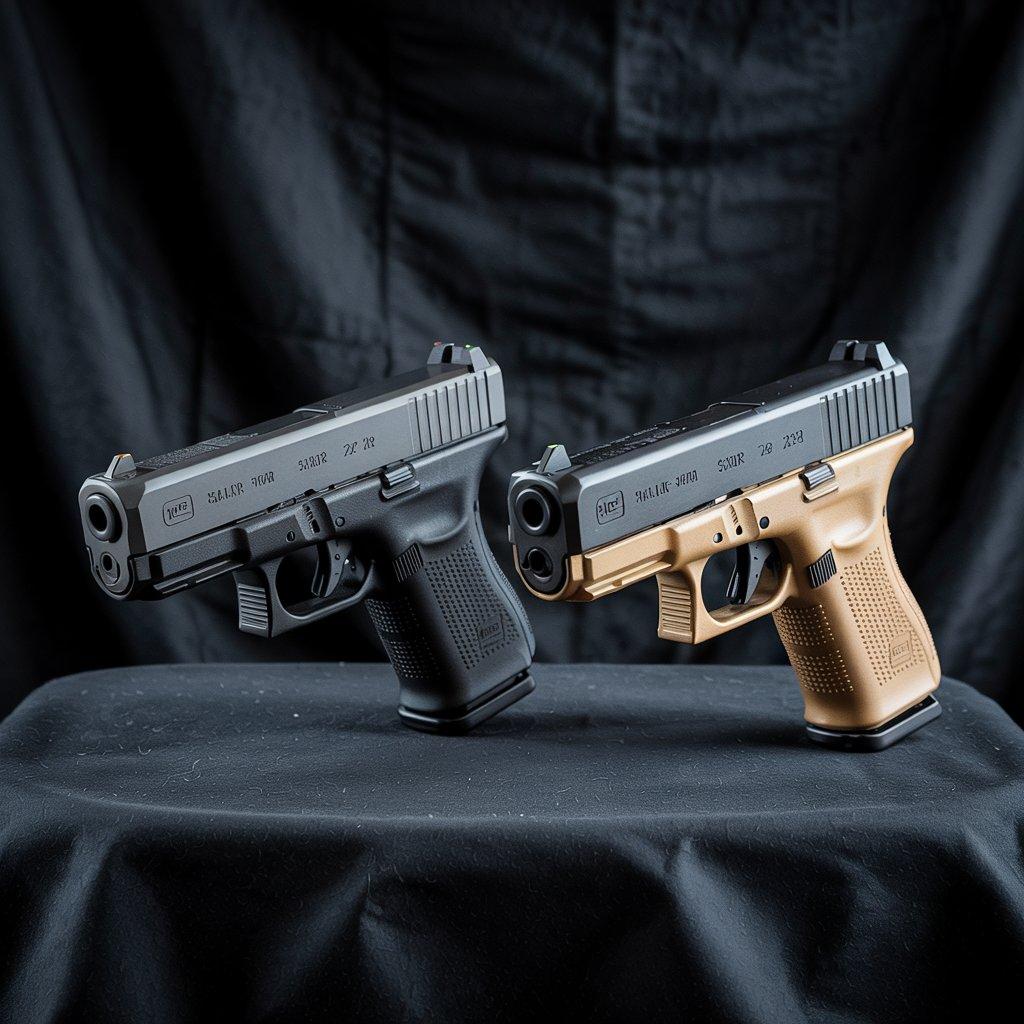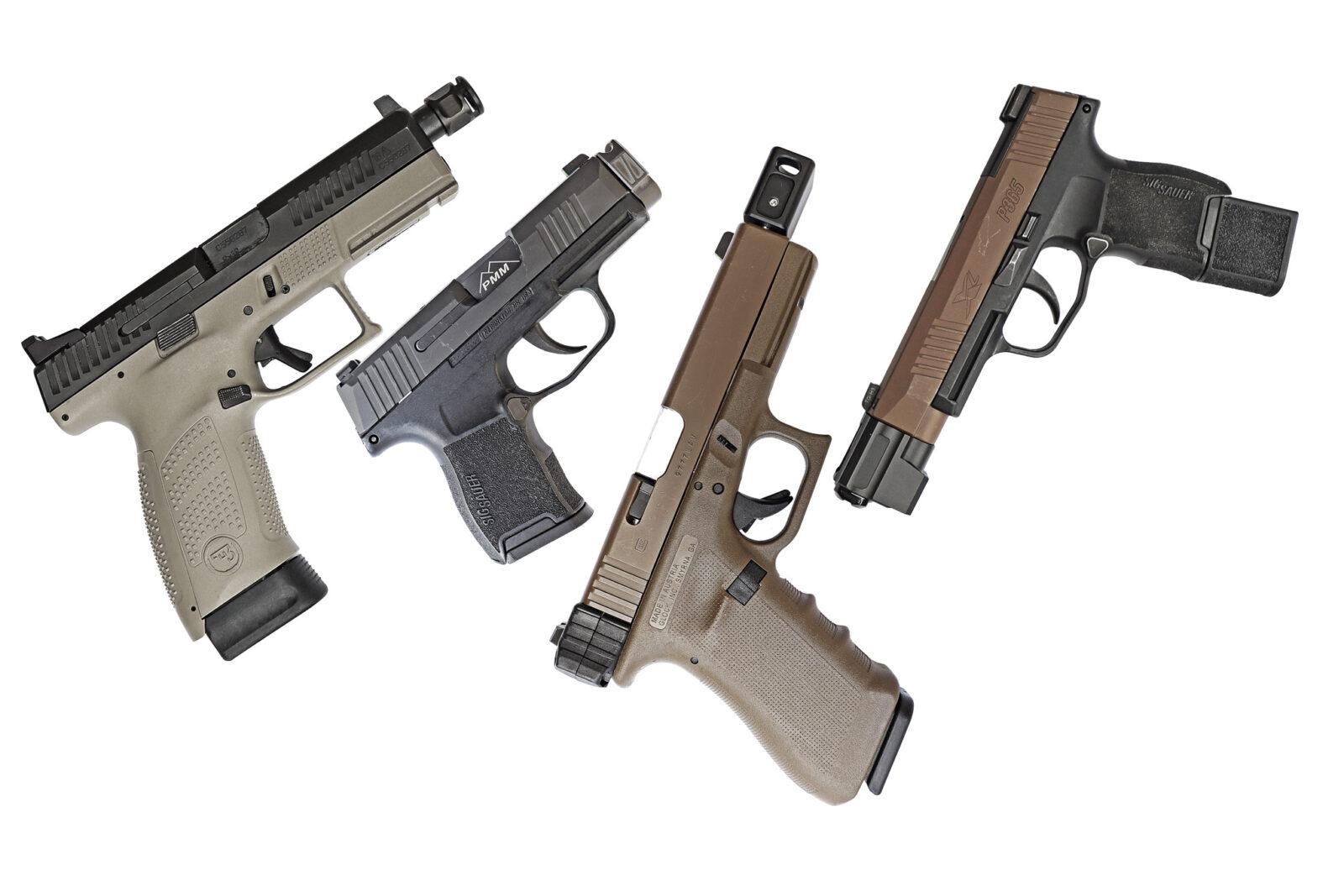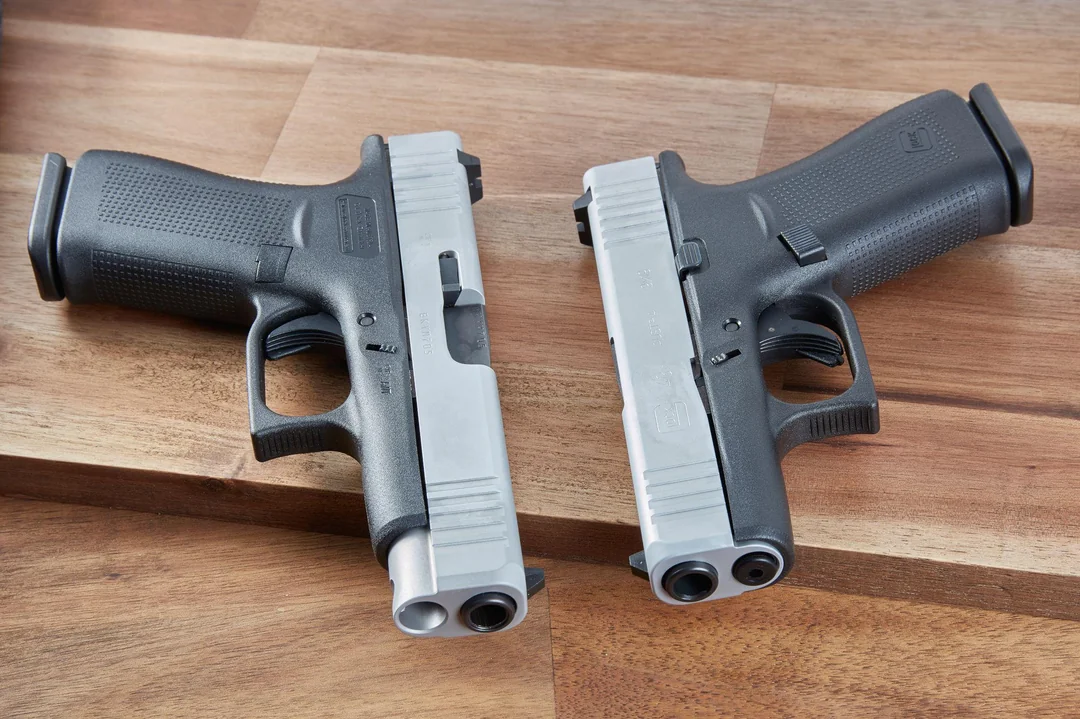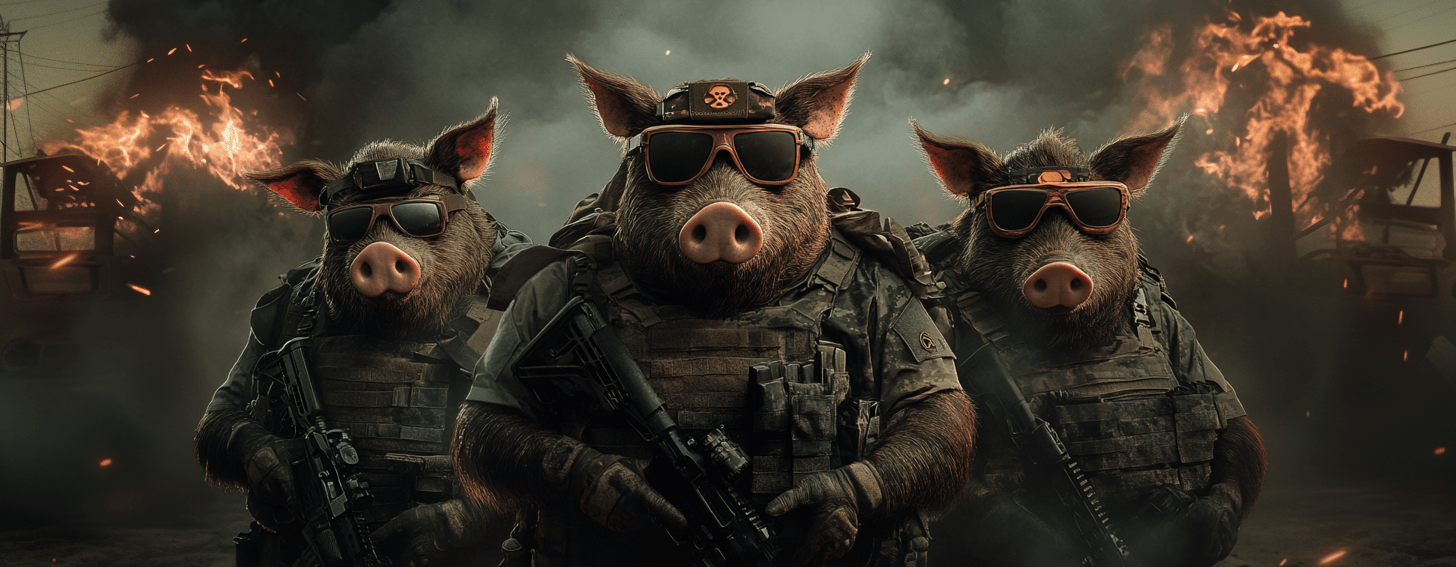Short Answer: Choose the Glock 43 if you prioritize deep concealment and have smaller hands, or the Glock 26 if you want higher capacity and magazine compatibility with other Glock pistols.
Why This Comparison Matters
This comprehensive guide breaks down the critical differences between two of Glock’s most popular subcompact pistols.
Whether you’re a law enforcement officer seeking a reliable backup gun, a concealed carrier looking for deep concealment options, or simply deciding between single-stack vs double-stack designs, this comparison will help you make an informed choice. We’ll examine specifications, real-world performance differences, and practical considerations to determine which Glock pistol best fits your self-defense needs.
Quick Specifications Comparison
| Feature | Glock 26 | Glock 43 |
| Design | Double-stack magazine | Single-stack magazine |
| Capacity | 10+1 rounds | 6+1 rounds |
| Barrel Length | 3.43″ | 3.41″ |
| Overall Length | 6.5″ (6.42″ Gen5) | 6.26″ |
| Height | 4.17″ | 4.25″ |
| Width | 1.3″ | 0.87″ |
| Weight (unloaded) | 21.52 oz | 17.99 oz |
| Magazine Compatibility | Glock 17/19 mags | G43 only |
| MOS Available | Yes (Gen5) | No |
Source: Official Glock specifications from Glock.com
Glock 26: The Original “Baby Glock”
Introduced in 1995, the Glock 26 was the original “Baby Glock” that established the subcompact pistol category. Building on the success of the Glock 19, it reduced the platform’s footprint while maintaining the double stack magazine design. According to Glock’s official specifications, the G26 “fires the popular 9 mm Luger cartridge with minimum recoil and more on-target accuracy at a fast rate of fire”.
Key Features:
- Double stack magazine holds 10 rounds in flush-fit configuration
- Magazine compatibility with Glock 17 and 19 magazines
- Wider grip (1.3″) provides better purchase for larger hands
- Higher capacity than single stack alternatives
- Available in MOS version for optic mounting with night sights
- Gen5 features include no finger grooves and ambidextrous slide lock
According to Glock’s official Gen4 specifications, the Glock 26 Gen4 “is one of the most sought-after concealed carry pistols” with “highly accurate firing characteristics.”
Best For:
- Shooters with larger hands who need a better grip
- Law enforcement seeking magazine compatibility with duty guns
- Those prioritizing maximum rounds in a subcompact pistol
- Users wanting spare mag flexibility (17-round reloads)
- Shooters who want optic-ready capability
Glock 43: The Slim Profile Champion
Released in 2015, the Glock 43 pioneered Glock’s Slimline series with its single stack design, prioritizing concealability over capacity. According to Glock’s official G43 specifications, the G43 “is ultra-concealable, accurate and a fantastic tool for all shooters regardless of one’s hand size”.
Key Features:
- Single stack design creates ultra-slim profile (0.87″ wide)
- Lighter weight at 17.99 oz vs G26’s 21.52 oz
- Excellent for deep concealment and pocket carry
- Ideal for small hands and smaller hands
- 6-round mag capacity in flush-fit configuration
- Shorter grip length for maximum concealability
Best For:
- Deep concealment and pocket carry applications
- Shooters with small hands or smaller hands
- Those prioritizing slim profile over magazine capacity
- Backup gun scenarios where concealability is paramount
- Ankle carry or hideout gun applications

Critical Differences That Matter
Width: The Game Changer
The 0.43″ difference in width creates a noticeable difference in:
- Concealability – G43’s slim profile excels in tight clothing
- Grip feel – G26’s wider grip suits larger hands better
- Pocket carry – G43 works where G26 simply won’t fit
- Printing – Single stack design reduces visible outline
Capacity Trade-offs
| Aspect | Glock 26 Advantage | Glock 43 Advantage |
| Round count | 4 extra rounds (40% more) | Lighter weight carry |
| Reload options | 17/19-round spare mags | Slimmer spare mag profile |
| Magazine compatibility | Shares with G17/G19 | Dedicated single stack design |
Shootability Factors
- Sight radius – Minimal difference between models
- Muzzle flip – G26’s wider grip provides better control
- Trigger pull – Consistent across both Glock pistols
- Accuracy potential – G43 may suit smaller hands better

Generation and Feature Differences
Glock 26 Advantages:
- Gen5 features available (no finger grooves, improved barrel)
- MOS version available for optic mounting
- Night sights options with optic compatibility
- Ambidextrous slide lock (Gen5)
Glock 43 Limitations:
- No Gen5 version – retains finger grooves
- No MOS option in standard model
- Limited upgrade path compared to G26
- Single stack limits accessory options
Shared Strengths
Both subcompact pistols excel in several key areas:
- Proven reliability – Glock’s reputation for dependability
- 9mm chambering – Effective self defense caliber with manageable recoil
- Aftermarket support – Extensive holster and accessory options
- Law enforcement adoption – Widely used as backup guns
- Affordable ammunition – 9mm practice rounds readily available
- Deep concealment capability – Both work for concealed carry
Decision Framework: Which Glock Pistol Is Right for You?
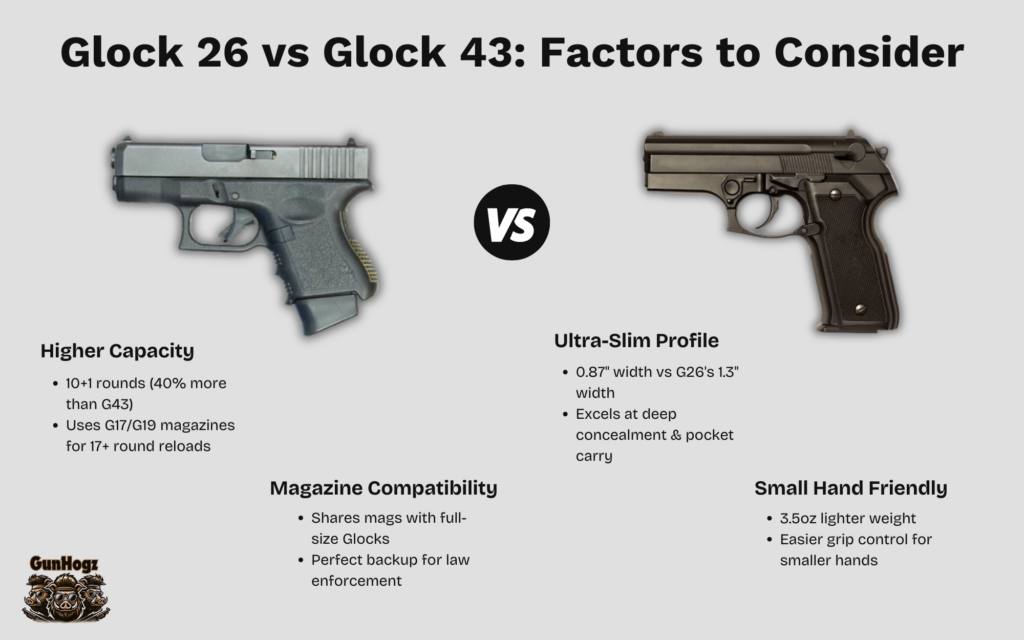
Choose the Glock 26 if you:
- Have larger hands that need a wider grip
- Want maximum magazine capacity (10+1 rounds)
- Need magazine compatibility with other Glock pistols
- Prioritize having an extra round in every scenario
- Want MOS capability for night sights and optics
- Serve in law enforcement with Glock 17/19 duty guns
Choose the Glock 43 if you:
- Have small hands or smaller hands
- Prioritize deep concealment above all else
- Need pocket carry capability
- Want lighter weight for all-day carry
- Prefer the slim profile for comfort
- Use it primarily as a backup pistol

The Bottom Line
There is no clear winner – both are excellent subcompact pistols that excel in different scenarios. The choice comes down to your specific needs:
For maximum concealability: The G43’s single stack design and slim profile make it the superior choice for deep concealment, pocket carry, and situations where printing is a concern.
For maximum capability: The G26’s double stack magazine, higher capacity, and magazine compatibility make it better for those who prioritize rounds and versatility.
Hand size matters: Small hands typically prefer the G43’s narrower grip, while larger hands often achieve a better grip with the G26’s wider profile.
Both backup guns will serve reliably in their intended roles. Consider your carry method, hand size, capacity needs, and whether magazine compatibility matters for your self defense strategy. Either Glock pistol will provide the reliability and performance you need in a quality carry gun.
